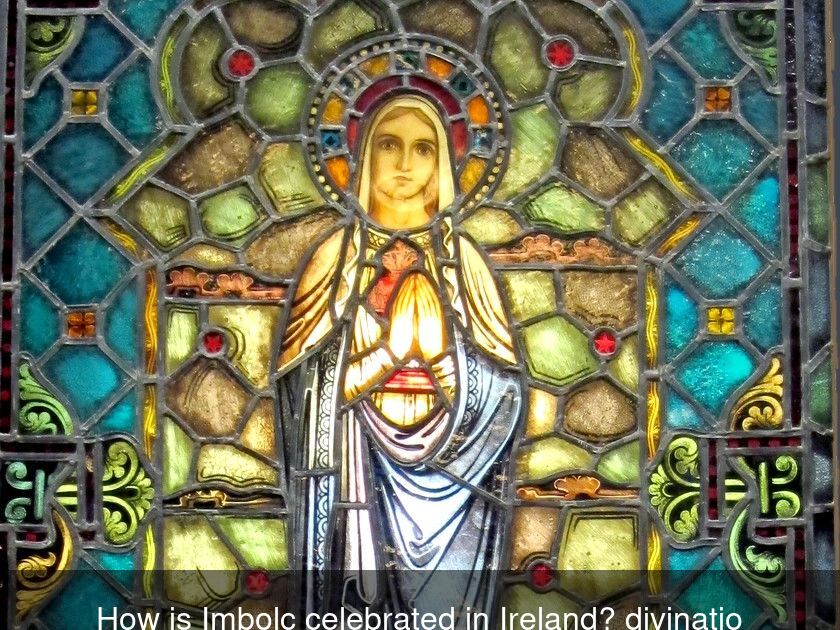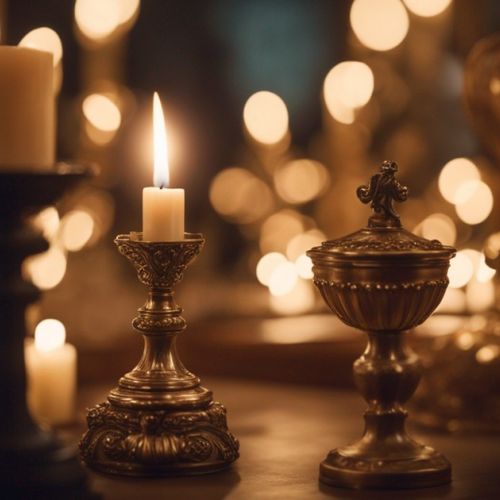How Is Imbolc Celebrated In Ireland?
In the Celtic calendar, the arrival of spring is celebrated on February 1st. The festival that marks the beginning of spring among the Celts is called Imbolc. In Ireland, this date coincides with the celebration of Saint Brigid or Brigid's day. We invite you to discover what the typical celebrations of Imbolc are on the Emerald Isle.
What are the origins of this celebration?
Imbolc is one of the four major festivals of the Celtic calendar. It is traditionally celebrated between the shortest day of the year and the spring equinox.
This festival, which marks the transition between winter and spring, is usually celebrated on February 1st.
Among the Celts, the festival of Imbolc is associated with the figure of Brigid or Brigit, the Celtic goddess of fire and fertility, who also embodies renewal and purification. In Ireland, this figure is merged with that of Saint Brigid.
Who is Saint Brigid in Ireland?
In Irish mythology, the Celtic goddess Brigit is associated with Saint Brigid of Ireland or Saint Brigid of Kildare, born in County Louth north of Dublin in the 5th century.
Saint Brigid is one of the patron saints of Ireland, along with Saint Patrick and Saint Columba.
Legends about the life of this Christian saint highlight her kindness and charity, as well as her creativity in poetry and craftsmanship.
What does the figure of Saint Brigitte symbolize?
For the Irish, Saint Brigid is not only an example of compassion and creativity. The patron saint of Ireland, celebrated on the same day as Imbolc, is also a feminist icon.
She founded the monastery of Kildare in the 6th century and, as the abbess of Kildare, she embodied the power and independence of a woman in a society largely dominated by men.
This monastery, which was an important center of spirituality, education, and craftsmanship, allowed Saint Brigid to have a lasting influence on Irish culture.
Even today, County Kildare, where the saint's burial site is located, is a spiritual hotspot in Ireland. There are sacred wells dedicated to Saint Brigid, renowned for the healing properties of their water.
What are the traditions of Imbolc in Ireland?
The Brigid's fires are at the heart of the Imbolc celebrations in Ireland. The Irish light candles or fires inside or outside their homes in honor of Brigid. As the days grow longer, these fires represent the increasing light of the sun and the promise of warmth to come.
This Celtic festival is also associated with purification rituals, as people clean their homes, gardens, and minds to welcome the new season.
On February 1st, the feast day of Saint Brigitte, the Irish also make Brigid's crosses or St. Brigitte's crosses. These are woven crosses made of reeds or straw. In rural areas of Ireland, these crosses are often hung above doors to protect homes from fires and curses, with the blessing of Brigitte.
The festive meals prepared for the occasion often include traditional dishes such as colcannon (a dish made of potatoes and cabbage) or oatmeal cakes, symbols of fertility.
What is the modern meaning of Imbolc?
Although Ireland perpetuates its ancestral traditions, like other Celtic countries, Imbolc now has a more personal significance.
This festival, associated with the figure of Saint Brigid, is considered a privileged moment to celebrate personal renewal, creativity, and the potential for spiritual growth.



